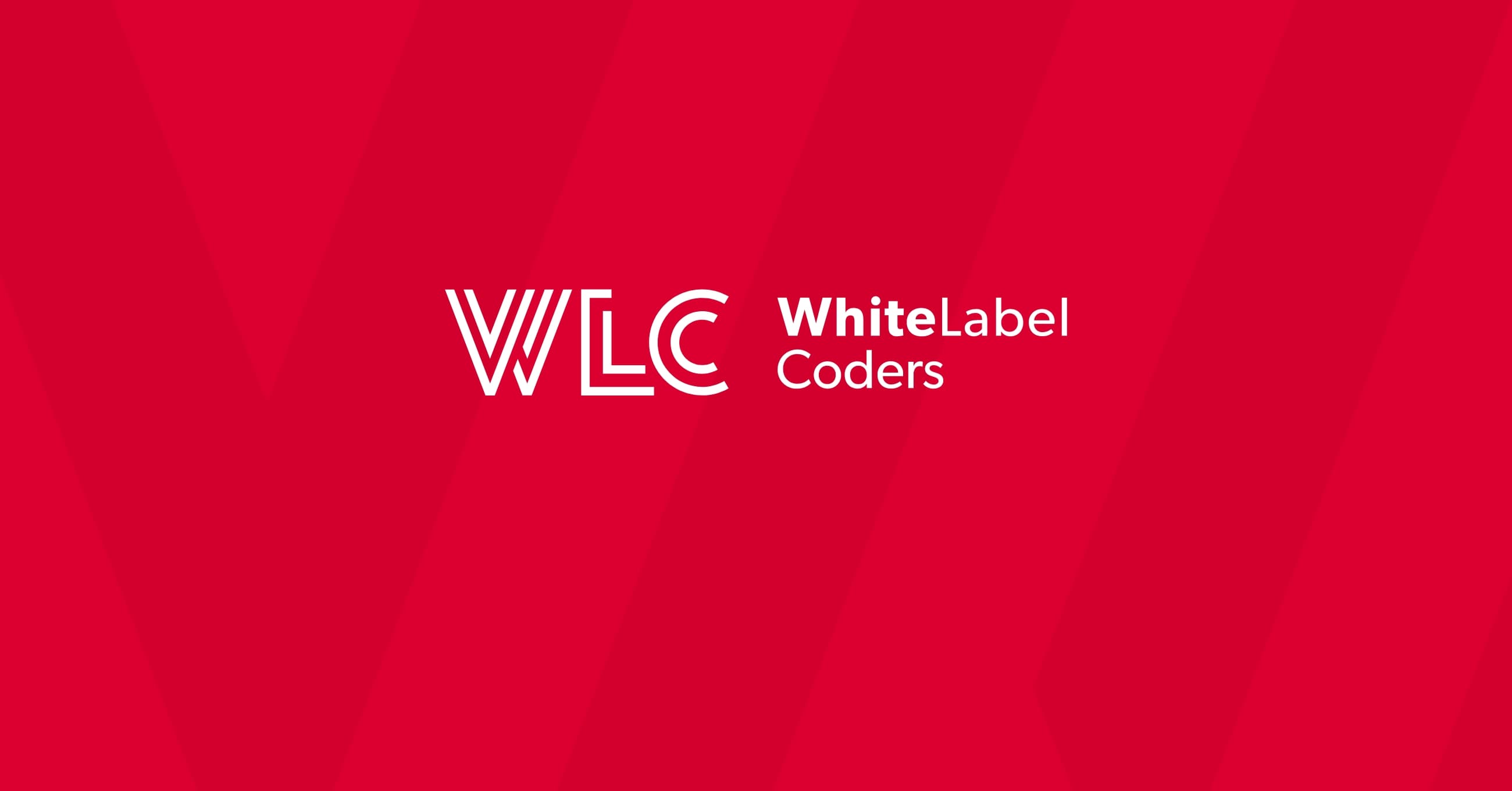Category: SEO AI
How to build a custom WordPress website?

Building a custom WordPress website involves creating a unique digital solution from scratch rather than using pre-made themes or templates. This process requires careful planning, technical expertise, and a deep understanding of WordPress’s core architecture. Unlike template-based solutions, custom WordPress development allows complete control over functionality, design, and performance to meet specific business requirements and ensure long-term scalability.
Understanding custom WordPress development fundamentals
Custom WordPress development means building a website entirely from the ground up, crafting every element to match your exact specifications. Rather than adapting existing themes or plugins, developers create bespoke solutions that perfectly align with your business goals and user needs.
The fundamental difference between custom builds and template-based solutions lies in flexibility and ownership. When you choose custom development, you’re not constrained by someone else’s design decisions or functionality limitations. Every line of code serves your specific purpose, creating a truly unique digital presence that stands out from competitors using similar templates.
Businesses typically choose custom WordPress development when they need unique functionality that doesn’t exist in standard themes, require specific integrations with existing systems, or want complete control over their website’s performance and security. This approach also provides better scalability as your business grows and evolves.
What is the difference between custom WordPress development and using pre-made themes?
The primary distinction between custom WordPress development and pre-made themes centres on control, flexibility, and long-term value. Custom development offers unlimited possibilities, whilst pre-made themes provide quick deployment with inherent limitations.
Pre-made themes come with predetermined layouts, colour schemes, and functionality that you must adapt to fit your needs. This often means compromising on your vision or accepting features you don’t need. Custom development, however, builds everything specifically for your requirements without unnecessary bloat or restrictions.
Performance differs significantly between the two approaches. Pre-made themes often include extensive code to accommodate various use cases, which can slow down your website. Custom solutions include only the features you actually need, resulting in faster loading times and better user experience.
Maintenance requirements also vary considerably. With pre-made themes, you depend on the original developer for updates and security patches. Custom solutions give you complete control over maintenance schedules and can be updated according to your specific timeline and requirements.
How do you plan and structure a custom WordPress website project?
Proper planning forms the foundation of any successful custom WordPress website project. The process begins with comprehensive requirements gathering, where you define exactly what your website needs to accomplish and how users will interact with it.
Start by conducting thorough stakeholder interviews to understand business objectives, target audience needs, and technical requirements. Document every feature, integration, and functionality requirement in detail. This prevents scope creep and ensures everyone shares the same vision.
Wireframing comes next, creating visual blueprints that show how content and functionality will be arranged on each page. These wireframes serve as the foundation for both design and development phases, helping identify potential issues before coding begins.
Database design requires careful consideration of how information will be stored, retrieved, and managed. Plan your custom post types, taxonomies, and relationships between different content elements. This structure will determine how efficiently your website performs as it grows.
Content architecture planning involves organising information in a logical hierarchy that makes sense to both users and search engines. Create a detailed sitemap showing how pages relate to each other and plan your URL structure for optimal user experience and SEO performance.
What are the essential tools and technologies needed for custom WordPress development?
Setting up a proper development environment is crucial for efficient custom WordPress website creation. Your toolkit should include code editors, local development servers, version control systems, and debugging tools.
Choose a robust code editor like Visual Studio Code, PhpStorm, or Sublime Text with WordPress-specific extensions. These tools provide syntax highlighting, code completion, and debugging features that significantly speed up development work.
Local development environments such as Local by Flywheel, XAMPP, or Docker allow you to build and test your website before deploying to live servers. This approach prevents disrupting live websites and provides a safe space for experimentation.
Version control systems like Git are essential for tracking changes, collaborating with team members, and maintaining backup copies of your code. Platforms like GitHub or GitLab provide additional collaboration and project management features.
Core technologies you’ll need to master include PHP for server-side functionality, MySQL for database management, HTML for structure, CSS for styling, and JavaScript for interactive features. Understanding WordPress’s specific implementation of these technologies is crucial for effective development.
How do you create custom WordPress themes from scratch?
Creating custom WordPress themes requires understanding WordPress’s template hierarchy and file structure. Begin by setting up the essential theme files: index.php, style.css, functions.php, and header.php.
The template hierarchy determines which files WordPress uses to display different types of content. Master this system to create specific templates for home pages, single posts, archive pages, and custom post types. This knowledge allows precise control over how different content appears.
Custom post types extend WordPress beyond standard posts and pages, allowing you to create content types specific to your needs. Whether you’re building a portfolio, product catalogue, or event listing, custom post types provide the structure for organised content management.
Advanced Custom Fields (ACF) or similar plugins enable you to add custom data fields to your content types. This functionality allows content managers to input structured information without touching code, making the website more user-friendly for non-technical users.
Responsive design implementation ensures your WordPress custom development works seamlessly across all devices. Use CSS media queries and flexible layouts to create experiences that adapt to different screen sizes and orientations.
What are the best practices for custom WordPress plugin development?
WordPress plugin development follows specific coding standards and architectural principles that ensure compatibility, security, and maintainability. Always adhere to WordPress coding standards for consistent, readable code that other developers can understand and maintain.
Security considerations must be built into every plugin from the beginning. Implement proper input validation, data sanitisation, and user capability checks. Never trust user input and always escape output to prevent security vulnerabilities like SQL injection and cross-site scripting attacks.
Database optimisation involves designing efficient queries and proper indexing strategies. Use WordPress’s built-in database functions rather than direct SQL queries when possible, and always prepare statements for custom queries to prevent security issues.
WordPress hooks and filters provide the foundation for extending functionality without modifying core files. Understanding action hooks for executing code at specific times and filter hooks for modifying data allows you to integrate seamlessly with WordPress’s architecture.
Plugin architecture should follow object-oriented programming principles with clear separation of concerns. Organise your code into logical classes and functions, making it easier to maintain, test, and extend over time.
How do you ensure security and performance in custom WordPress websites?
Security and performance optimisation are critical aspects of custom WordPress development that require ongoing attention and proactive measures. Implementing robust security measures protects both your website and your users’ data.
Input validation and data sanitisation prevent malicious code from entering your system. Always validate user input against expected formats and sanitise data before storing it in your database. This practice prevents common attacks and maintains data integrity.
User authentication and authorisation systems control who can access different parts of your website. Implement proper capability checks, use secure password policies, and consider two-factor authentication for administrative accounts.
Performance optimisation techniques include implementing caching strategies, optimising database queries, and minimising code bloat. Use caching plugins or custom caching solutions to reduce server load and improve page loading times for your visitors.
Database optimisation involves regular maintenance, proper indexing, and efficient query design. Remove unnecessary data, optimise table structures, and use appropriate database relationships to maintain fast response times as your content grows.
Key takeaways for successful custom WordPress website development
Successful custom WordPress development requires careful planning, technical expertise, and ongoing commitment to maintenance and updates. The planning phase cannot be rushed, as it determines the success of your entire project.
Technical requirements extend beyond basic coding skills to include understanding of security, performance, and scalability considerations. Building a custom WordPress website means taking responsibility for all aspects of its operation and maintenance.
Ongoing maintenance needs include regular updates, security monitoring, performance optimisation, and content management. Unlike template-based solutions where someone else handles updates, custom development requires you to maintain your own codebase.
Consider professional development services when your project requires expertise beyond your current capabilities or when time constraints make in-house development impractical. Experienced developers can accelerate your project timeline whilst ensuring best practices and long-term maintainability.
The investment in custom WordPress development pays dividends through improved performance, unique functionality, and complete control over your digital presence. When planned and executed properly, a custom WordPress website provides the foundation for long-term online success.

